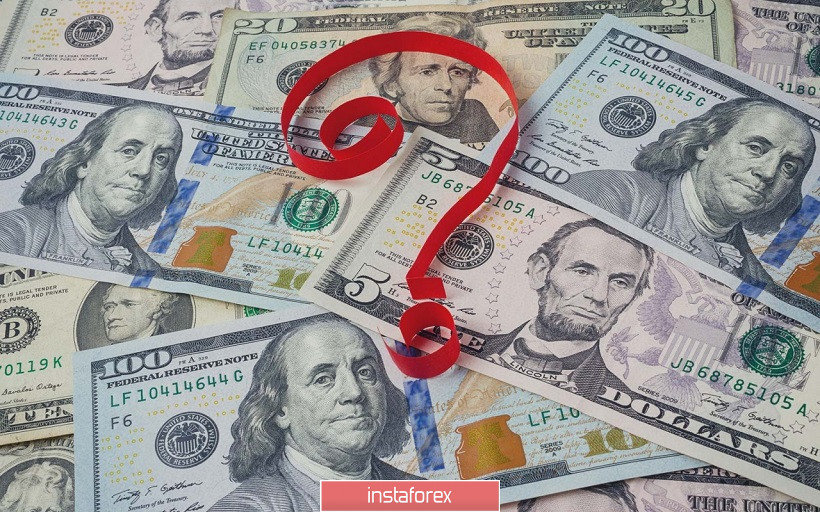The US dollar noticeably declined in the market, and this can be seen by price fluctuations on major currency pairs at the Asian session this morning. The main driver of the plunge is the persistent uncertainty on key issues, but in spite of that, the movement can hardly be called a bearish trend since there is still a chance that the dollar will return to its previous range.

As a matter of fact, the dollar index ignored the news of Donald Trump's return to the White House, contrary to its strong reaction when Trump's coronavirus infection was announced to the public.
Trump will continue to be treated on an outpatient basis, and aside from that, he expressed his readiness to return to the electoral race and take part in the second round of debates, which are scheduled for October 15.
If you recall, Trump lost by a huge margin in the first round of debates, in which about 60% of viewers said that Joe Biden's answers were more truthful than his answers. Such resulted in a sharp increase of votes for Biden in the latest polls, however, the electoral system of the United States requires a win from enough states to become the president. Since Trump is as popular as Biden in different states, political uncertainty remains, which puts strong pressure on the US dollar.
Another issue is the long-awaited new aid package for the US economy, which, until now, has not been decided by the Senate. Last Thursday, members of the House of Representatives passed a corresponding bill worth $ 2.2 trillion, however, such an amount is obviously impassable. It was initiated by Democrats who were able to get it through the Lower House of Congress, where they control the majority, but when faced in the Upper House of Congress, where the majority is controlled by Republicans, getting a ratification is rather impossible. Until now, both parties still cannot find a common denominator on this issue, although they declare with enviable regularity that a compromise has almost been reached.
With regards to macroeconomic reports, which also inevitably affects the rate of the US dollar, the latest data on Non Farms indicated an ambiguous picture, showing a drop in unemployment rate, but also a slowdown in the growth of people employed in the non-agricultural sector (660 thousand was recorded instead of the projected 980 thousand). Salaries have also entered the "red zone", though on a monthly basis, it increased by 0.1%.

Nonetheless, it is likely that the factors mentioned above will be the subject of criticism from Fed Chairman Jerome Powell, who will speak today during an online conference organized by the National Association for Business Economics. A pessimistic and "dovish" rhetoric will put additional pressure on the dollar, as is the lack of positive news from the Congress over the new aid package.
With regards to the EUR / USD pair, an upward movement towards the resistance level of 1.1820 (Kijun-sen line on the daily chart) is likely to happen, and if the quote climbs even higher, it will face another resistance at the level of 1.1870 (the upper border of the Kumo cloud, which coincides with the upper line of the Bollinger Bands on the same timeframe). However, it is too early to talk about these heights, given the current situation of the US dollar.





















